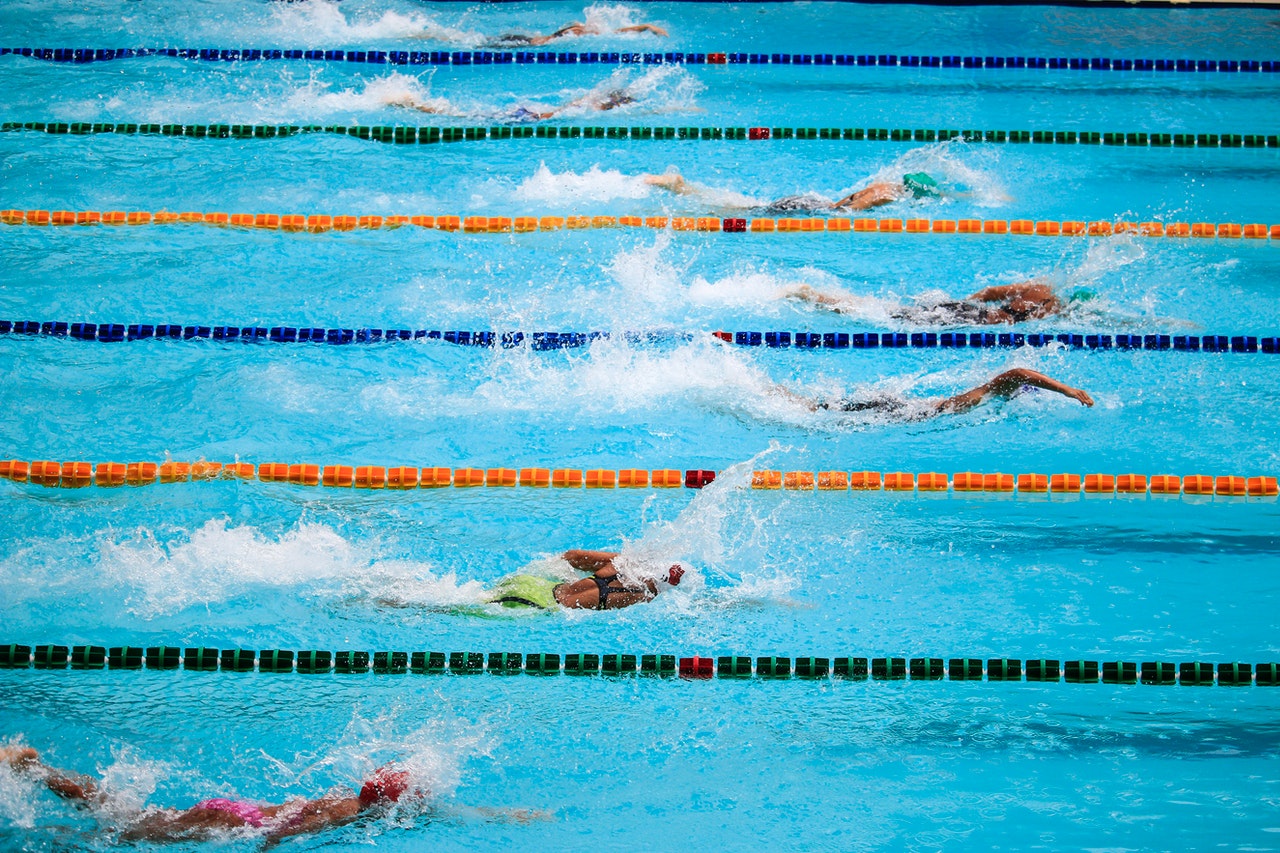An average of 23 children under the age of five drown unintentionally per year in Australia. This is typically because of things like a lack of adult supervision, unfettered access to water, and a lack of water safety knowledge.
In addition to being essential for preventing drowning, teaching youngsters to swim also prepares them for a lifetime of fun in the water.
But what age is ideal for enrolling kids in swimming lessons?
Learn more about the benefits of kids swimming lessons in the ocean for both you and the environment.
Many institutions that teach swimming accept students as young as six months old.
A decent starting age is four years old.
Infants as young as six months can take lessons at many learn-to-swim facilities, and parents are frequently under pressure to get their children started as soon as possible.
A youngster can learn to put their face under water, close their mouths, and become accustomed to it with the aid of these lessons. Due to the fact that the caregiver is in the water with the child, they can also be a wonderful time for parent and child to bond. Even swimming lessons for young children have been found to improve their language, cognitive, and physical development in children aged three to five.
Infants cannot and should not be expected to know how to swim or to be able to react effectively in an emergency situations, despite the fact that it may be possible to teach early infants basic motor skills in water.
The “optimal” age to begin taking swim instruction has not been thoroughly studied. Regardless of the age at which lessons begin, research from Australia indicates that children begin to develop basic aquatic motor skills and water confidence around the age of four.
The same findings revealed that kids learned the abilities required to execute freestyle at age five and a half, regardless of whether training started when they were two, three, or four years old.

According to some data, younger children who take swimming lessons have better swimming skills and pool behavior (between two and four years of age).
However, how successfully these talents are retained over the long run is still up for debate.
Additionally, you might have seen images spreading on social media of young children being thrown into swimming pools before turning around and floating on their backs unaided.
However, Austswim, Australia’s official organization for the teaching of swimming and water safety has discouraged forced back floats and submersion in favor of more developmentally appropriate techniques.
A study I oversaw revealed that a child’s academic performance might be adversely affected by a negative earlier aquatic experience, which can happen during official learn-to-swim instruction.
Children who learn to swim will appreciate the water for the rest of their lives.
The key is consistency.
Because of the expense of the classes and the seeming lack of development, parents occasionally enroll their kids in swimming lessons at a young age, but then withdraw them before achieving the required abilities.
Numerous children’s swimming sessions and water safety instruction have also been halted by COVID.
The cost of the courses or the fact that the child is now more interested in another sport or activity may prevent some students from ever returning to their classes and catching up.
Therefore, while deciding whether to sign up your child for swimming classes, think about continuing with it until your child genuinely possesses the ability to stay safe in the water.
Take into account your child’s age and readiness for learning to swim. Consider the long-term expenses related to lessons and the potential return on investment.
How should I learn after I’m enrolled?
You might be debating if daily swimming instruction for a week or two during school breaks is preferable than a brief class once a week.
The answer may vary on your family’s schedule and the resources in your area, but even if you choose holiday intensives, make an effort to provide your child opportunity to routinely practice the swimming techniques they have learned.
The more frequently a youngster swims (officially or informally) in a pool, at the beach, or in a river, the better they will perform in swimming classes, according to research I co-authored. My other authors and I advised kids to go swimming at least once every two weeks.
Since multiple circumstances make drowning more likely at this time of year, it has been a dismal summer thus far. Safety in the water is essential.
For kids, this involves knowing CPR so you’ll be prepared to act in an emergency, making sure the pool fence and gate are in good functioning order, and actively adult monitoring of kids around water at all times.